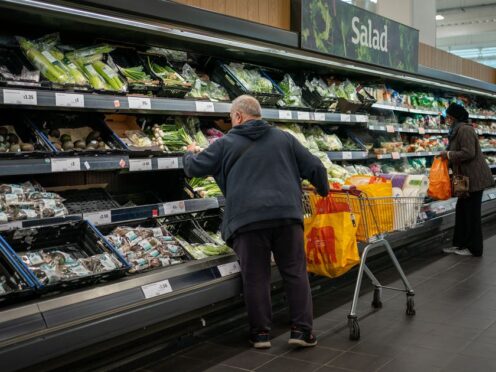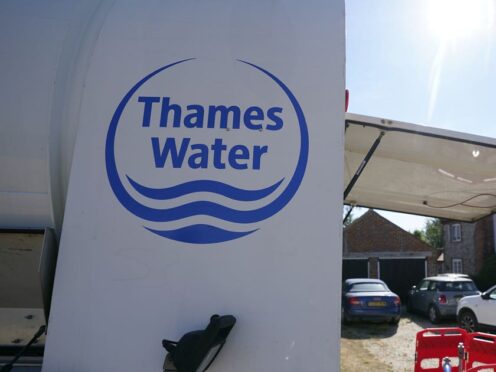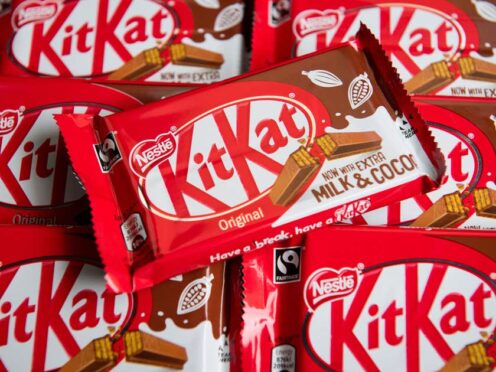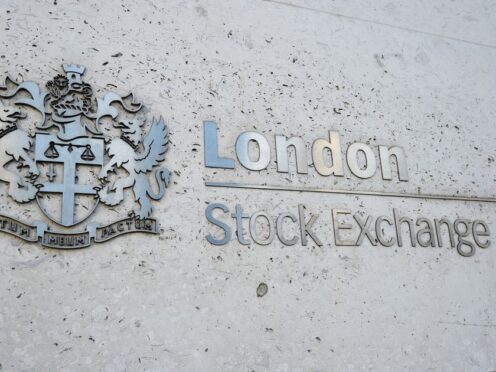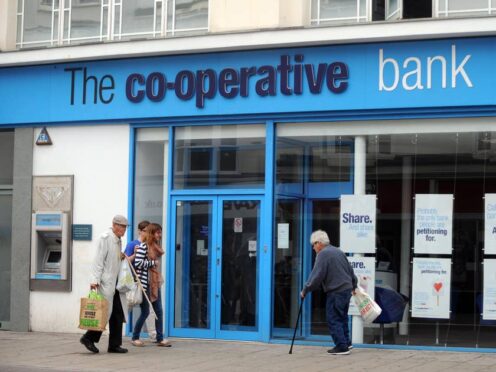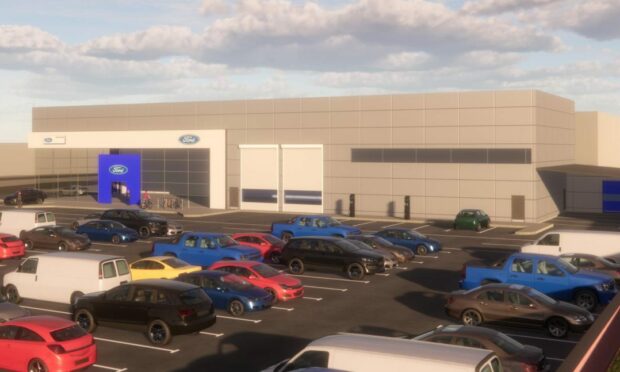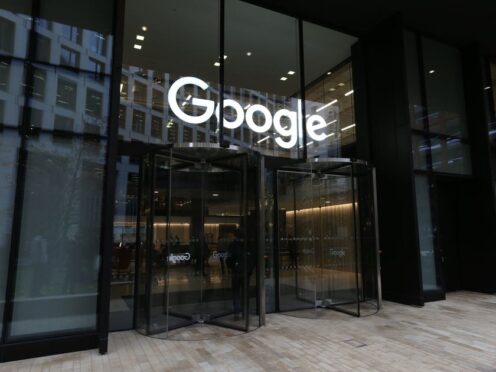A new report forecasts a gradual but steady rise in offshore oil and gas decommissioning in the UK and Norway over the next ten years.
Activity is set to grow from a market worth over £2 billion in 2015, according to
Decommissioning Insight 2016.
The report is launched today by Oil & Gas UK, the leading trade association for the UK offshore oil and gas industry, at an industry conference on decommissioning in St Andrews.
It is the first survey of both the UK and Norwegian decommissioning markets and provides the most comprehensive picture to date of anticipated activity in these two countries between now and 2025.
It confirms that decommissioning is a growing, if still emerging, market, despite low oil prices continuing to challenge the economics of the more mature offshore assets around the North Sea.
Total decommissioning expenditure in the UK and Norway last year was £2.1bn, compared with just under £1.6bn in 2014, and represented 5% of total industry expenditure, compared with 2% in 2010.
The total amount forecast to be spent on decommissioning on the UK Continental Shelf (UKCS) between now and 2025 is £17.6bn up from £16.9bn for 2015-2024.
Mike Tholen, Oil & Gas UK’s upstream policy director, said: “With low oil prices continuing, you might expect decommissioning to be a key focus for the sector in the years ahead, however we are not witnessing a rush to decommission.
“Different factors are at play and the picture is much more complex.
“Some companies are deferring cessation of production as field life has been extended by sustained efficiency improvements; others are delaying activity due to cash-flow constraints.
“Elsewhere, companies may be expediting decommissioning to take advantage of falling costs in the current downturn.”
Most of the 52 new projects in this year’s report have been a long time in the planning. Over the next decade, there are more than 100 platforms forecast for complete or partial removal from both the UK and Norwegian continental shelves.
Over 1,800 wells are scheduled to be plugged and abandoned and around 7,500 km of pipeline is forecast to be decommissioned.
Mr Tholen continued: “Of the estimated £17.6 billion of decommissioning expenditure on the UKCS over the next ten years, more than 50 per cent of this market will be found in the central North Sea.


